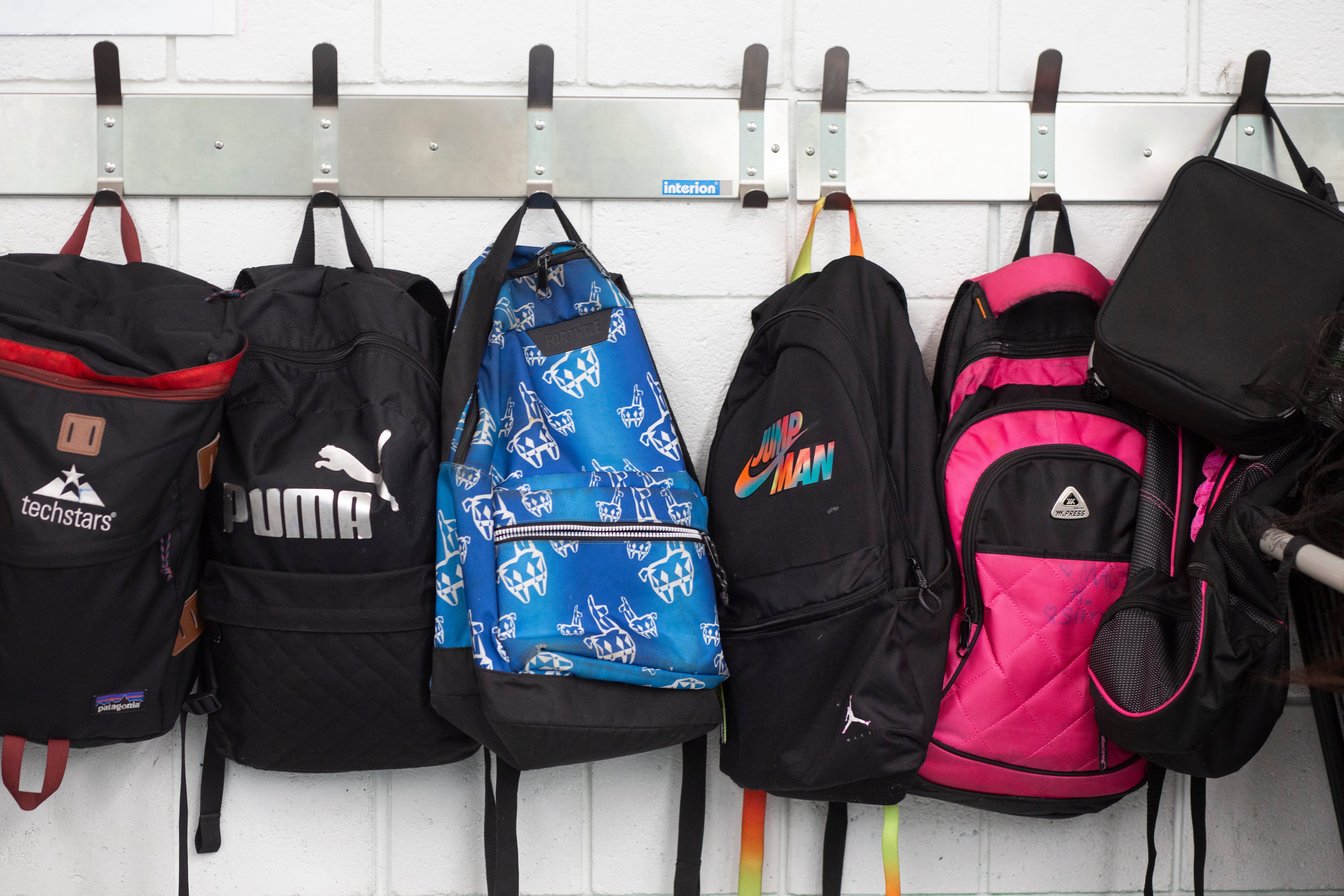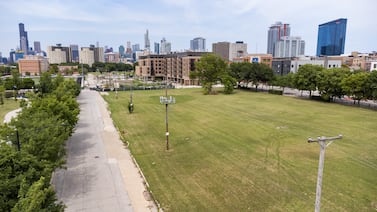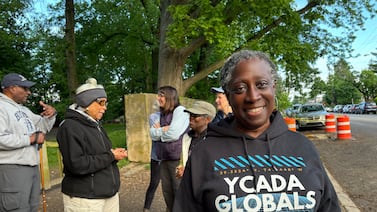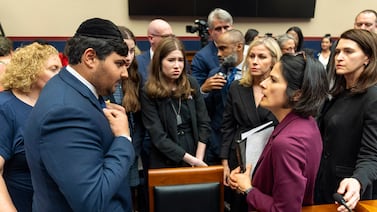Sign up for Chalkbeat Newark’s free newsletter to keep up with the city’s public school system.
Nearly 1 in 5 Newark teens and adults between the ages of 16 and 24, 7,500 young people, do not attend school or have a job – almost double the statewide rate and above pre-pandemic levels, a new study released Wednesday found.
The report, conducted in partnership by the Newark Opportunity Youth Network and Measure of America, a project of the Social Science Research Council, also found disparities among racial groups and geographic locations in Newark.
The disconnection rate for Black youth in Newark is 22.3%, the highest among the city’s major racial and ethnic groups, while Latinos have a rate of 16.9% and white youth 9.1%, the report found.
By neighborhood, most of Newark’s South Ward and southern parts of the East Ward, specifically, zip codes 07114 and 07106, have the highest rate of youth disconnection: Around 1 in 3 to 1 in 4 young people ages 16-24 who reside in these areas are disengaged, according to the study.

Thousands of young people in Newark and across the country disengage from school due to various reasons, including violence, an unstable home life, trauma, poverty, or other barriers, according to the Social Science Research Council. Eventually, youth gradually stray from learning and, without the proper support and interventions, may drop out of school or leave the workforce entirely.
In recent years, New Jersey and Newark leaders have ramped up efforts to change the trajectory for these teens and young adults often called “opportunity youth.”
In Newark, city and public school leaders launched a new reengagement center aimed at targeting students at risk of being disconnected. At the state level, Gov. Phil Murphy in January signed The Disconnection Prevention Bill, a law that establishes an ombudsperson to work with the Disconnection Prevention Task Force to analyze the causes of youth disconnection and recommend best practices for reducing school disconnection to school districts.
In cities such as Detroit and Chicago, nonprofits and school districts are also working to tackle the issue in their areas.
Among the report’s findings:
- Compared to other cities in the Northeast, Newark has roughly twice the number of young adults out of school and out of work. The New York City metro area, which includes Newark and Jersey City as well as Long Island and counties in the Lower Hudson Valley and Connecticut, has a disconnection rate of 10.6%.
- More than 1 in 4 of Newark’s youth living in poverty are disconnected — 28.5% — compared to 14.1% of youth not living in poverty. Overall, the poverty rate for Newark youth is 23.6% but for disconnected youth, that rate is 38.3%.
- Disconnection rates among mothers ages 16–24 is 34.8%, higher than that of young women without children, who make up 15%. Mothers in Newark make up 14.3% of disengaged youth but only 6.7% of youth overall.
- In Newark, girls and young women have a higher disconnection rate than young men who are not incarcerated — 16.2% compared to 15.7%.
- In Newark, 66% of disengaged youth — 4,800 young people — have not worked in the past five years.
Despite the troubling trends found in the report, Newark and New Jersey have experienced a sharp decline in youth disconnection rates since 2020. In New Jersey, the rate dropped from 11.3% in 2021 to 9.4% in 2022 and in Newark, it dropped from 22% in 2021 to 18.4% in 2022, according to Wednesday’s report.
Robert Clark, founder and chief executive officer of the Newark Opportunity Youth Network, attributes those gains to increased awareness of the issue and collaborative approaches to “develop strategies, not just programs.”
“One of the aims is to make sure that not only are we talking about the number of young people, but that we’re also talking about all of the supports that are necessary to support what is a broader community challenge, and also raise attention to the idea of equitable distribution of resources to support these young people,” Clark added.
The report found that Newark has “incredible resources” and strong community ties that have shaped racial and ethnic neighborhoods with thriving community-based organizations. But despite being the largest city in New Jersey, home to the largest school system in the state, an international airport, a sports arena, a performing arts center, government offices, and private-sector institutions and companies, “the local community does not often benefit from the economic bounty the city attracts and creates,” the report found.
The study also makes recommendations to reduce the barriers that perpetuate youth disconnection such as poverty, lack of health insurance, home life, teen births, and food insecurities.
Prioritizing high school completion, building high school to job pipelines, focusing on youth in poverty, supporting youth with disabilities, and helping young mothers pursue their educational and career goals are all objectives that “will have a positive effect on youth connection,” according to the report. The analysis also suggests that acting on “early-warning signs” such as low student academic performance or missing 18 days of school or more is key to helping teens stay in school until graduation.
Clark says the study released Wednesday is meant to continue to raise the issue among state and local leaders and “provide opportunities for all communities in New Jersey to be stronger.”
“In Newark, we’re going to roll up our sleeves and work with the collective array of organizations to figure out how we continue to communicate, get better, and create stronger networks of support for these young people,” Clark added.
Correction: April 30, 2024: A previous version of this story said 1 in 3 to 1 in 4 of the city’s disengaged youth live in zip codes 07114 and 07106. The young people who live in those zip codes are disengaged at a rate of 1 in 3 to 1 in 4.
Jessie Gómez is a reporter for Chalkbeat Newark, covering public education in the city. Contact Jessie at jgomez@chalkbeat.org.






